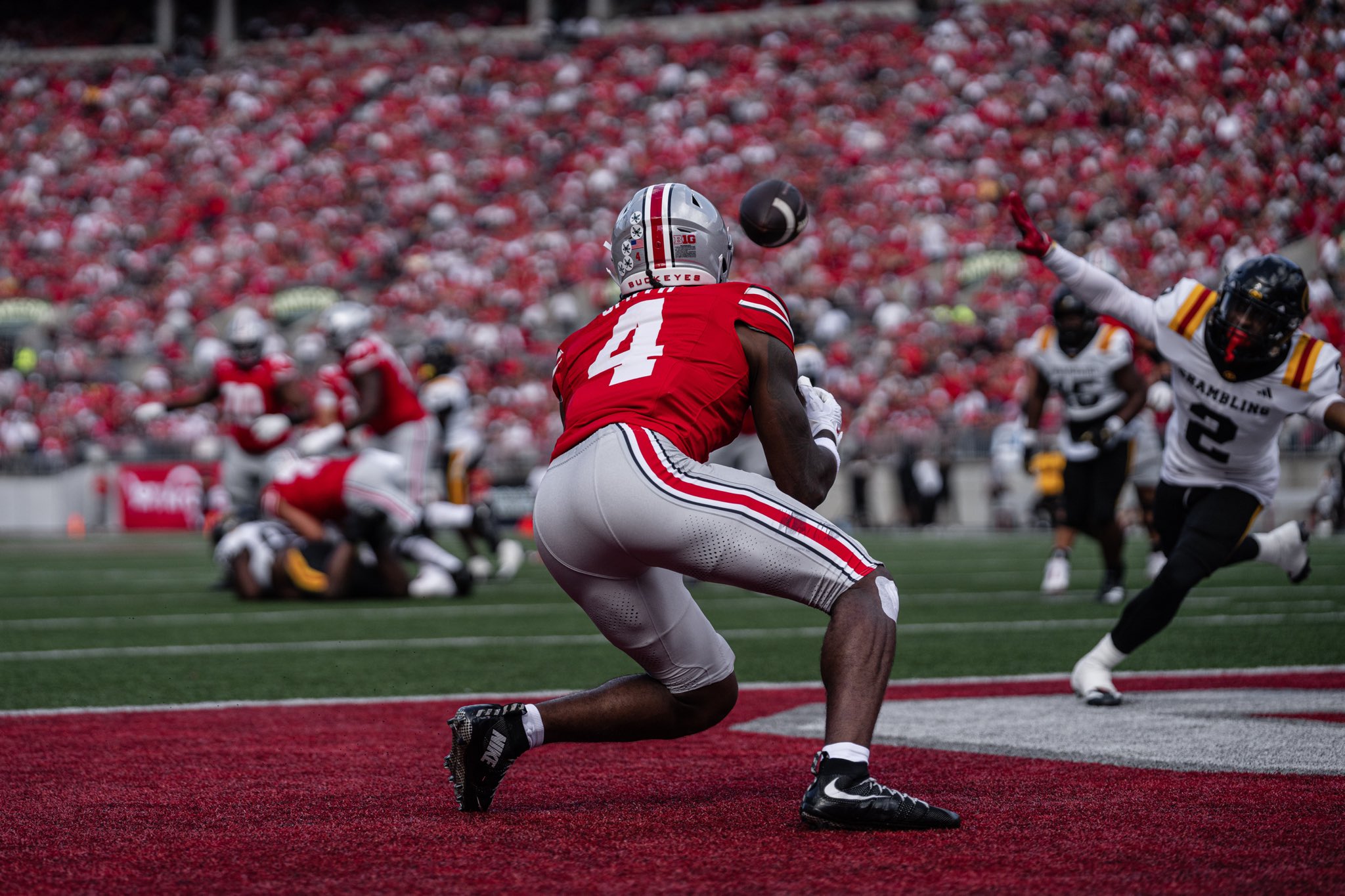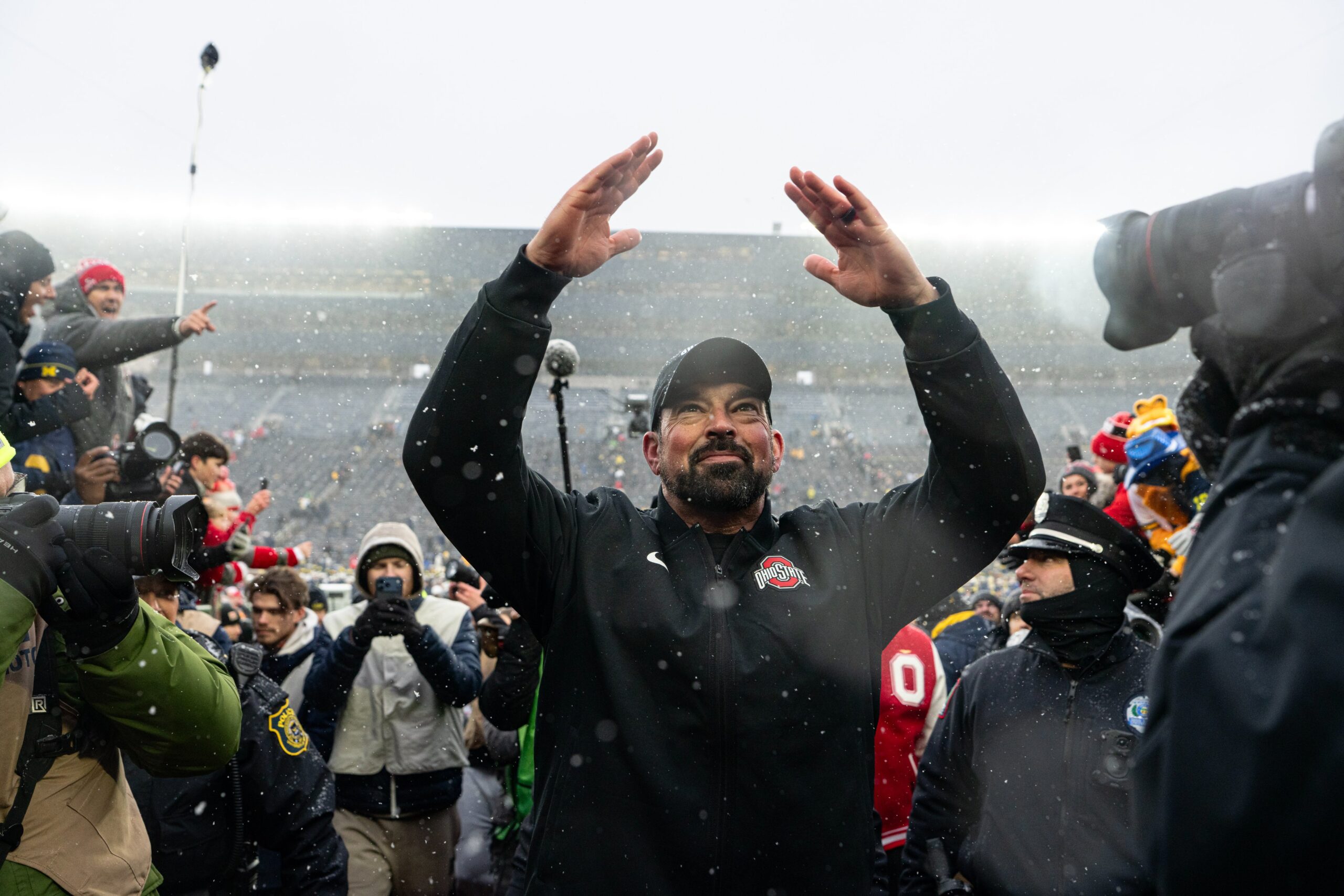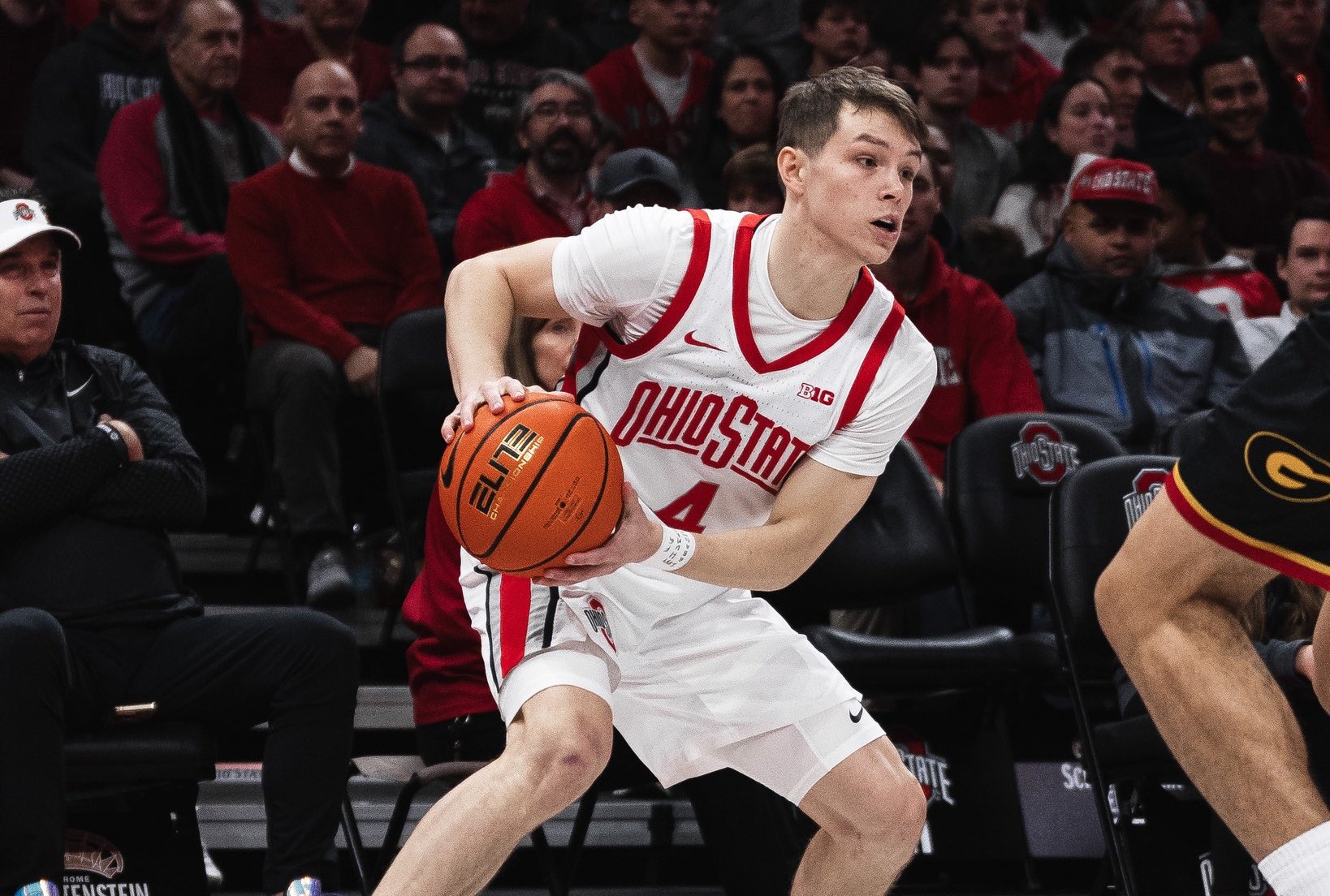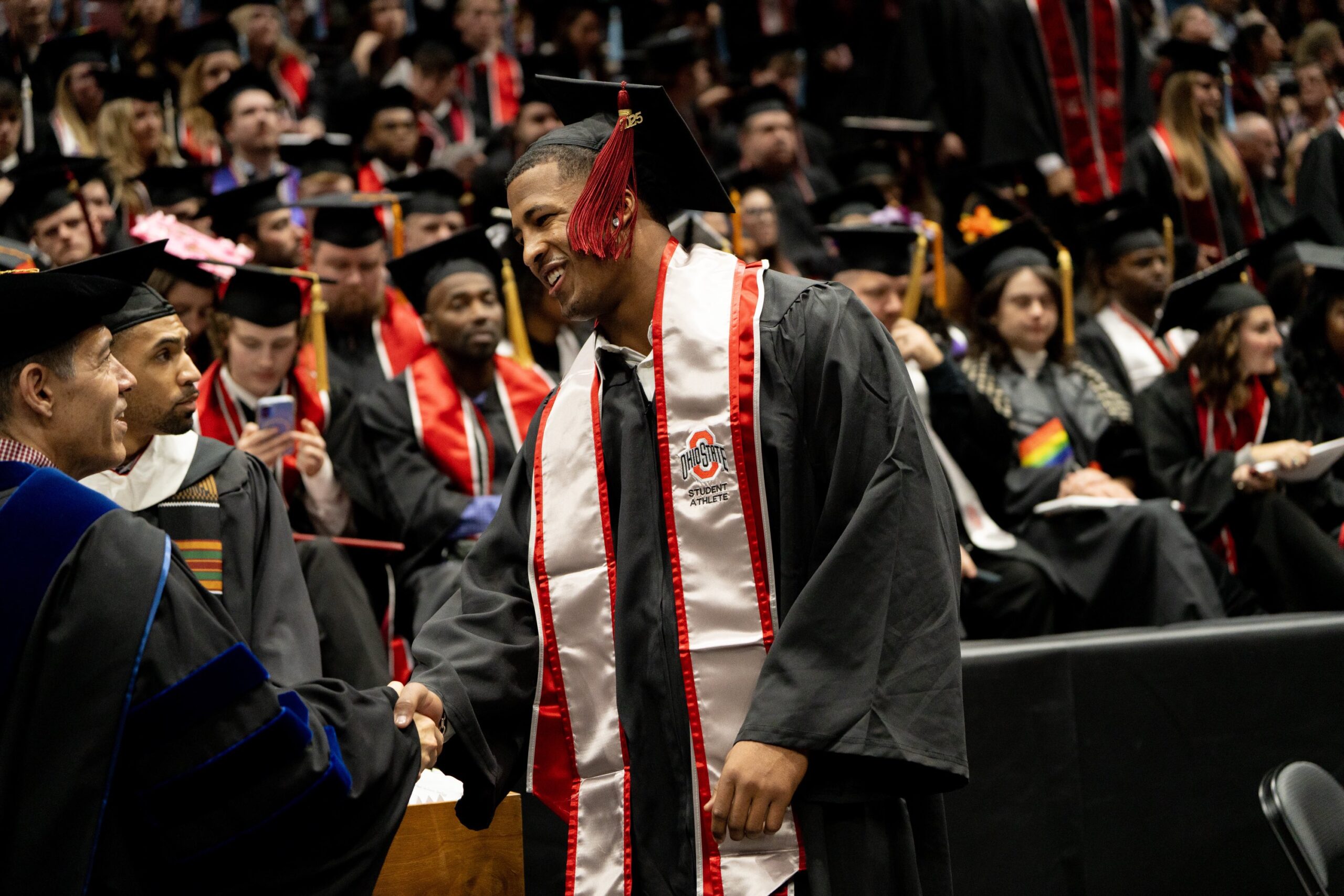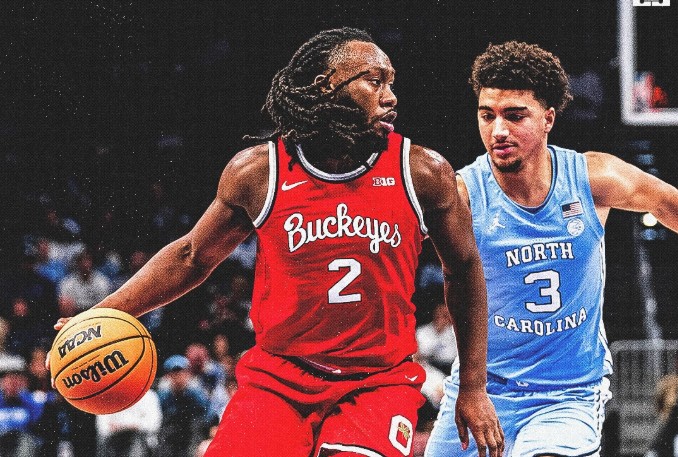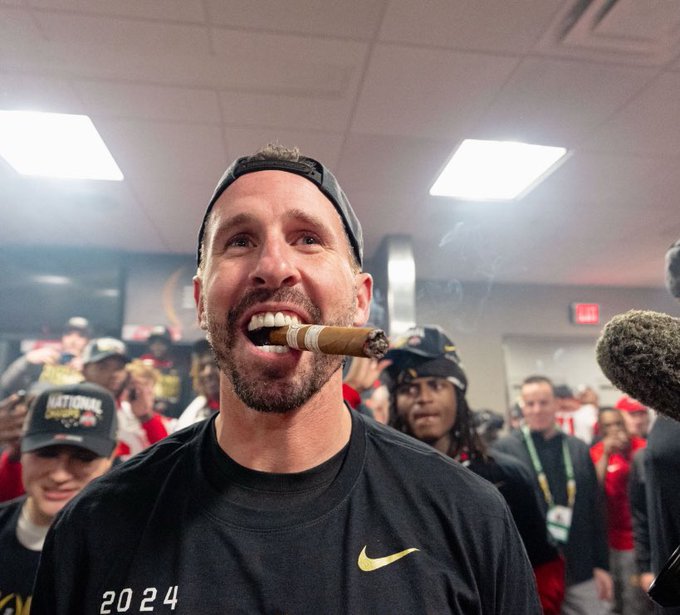
The investment in elite coaching continues in Columbus as Ohio State sets a new benchmark for assistant coach compensation in 2025. With a combined total of $11.775 million allocated to assistant coaches, the Buckeyes are making a clear and emphatic statement: excellence isn’t optional—it’s expected.
Leading the charge is new defensive coordinator Matt Patricia, whose $2.5 million salary makes him not only the highest-paid assistant at Ohio State but one of the most well-compensated in college football. The former NFL head coach brings a wealth of experience and a fresh defensive perspective, as the Buckeyes aim to elevate an already formidable unit into the nation’s best. His salary surpasses Jim Knowles’ previous $2.2 million and solidifies the commitment Ohio State has made to Patricia’s leadership on defense, even if it still trails the $3.1 million Knowles will now make at Penn State.
On the offensive side, Buckeye fans will be thrilled to see Brian Hartline earning $2 million as he transitions into the offensive coordinator role. Already revered for his wide receiver development, Hartline now takes on broader responsibilities after helping produce one of the most dynamic WR groups in the country. His salary matches what Chip Kelly earned last year, underscoring how valued Hartline has become to the program’s long-term future.

The defense remains in experienced hands with Tim Walton earning a well-deserved promotion to co-defensive coordinator and a $1.8 million salary for 2025. Walton’s contract also guarantees a bump to $1.9 million by 2027, reflecting the trust placed in his leadership. Meanwhile, Larry Johnson—an institution within the program—continues as defensive line coach at $1.4 million, even without a new contract this offseason. Johnson remains the steady hand guiding one of college football’s most consistent defensive line pipelines.
Newcomers and risers on the staff are also seeing meaningful compensation. Offensive line coach and run game coordinator Tyler Bowen, along with newly promoted passing game coordinator Matt Guerrieri, will each earn $900,000 in 2025, with scheduled raises over the next two seasons. Bowen’s hire brings a tough, physical edge to the trenches, while Guerrieri’s elevation ensures continuity in Ohio State’s secondary and pass coverage schemes.
Co-offensive coordinator Keenan Bailey and running backs coach Carlos Locklyn will each make $650,000, solidifying a well-rounded offensive brain trust. Linebackers coach and Buckeye legend James Laurinaitis sees his salary rise to $500,000—a promising sign for his trajectory as a coach and recruiter. Meanwhile, new quarterbacks coach Billy Fessler will earn $475,000, a massive jump from last year, reflecting the importance of his role in developing the next star under center.
When factoring in head coach Ryan Day’s recently extended eight-year, $12.5 million per year contract, Ohio State’s total coaching staff payroll will exceed $24 million in 2025. This figure doesn’t include the robust support staff of analysts, graduate assistants, and quality control coaches who help maintain Ohio State’s national championship standard.

Key off-field contributors also saw major bumps. Director of sports performance Mickey Marotti will now make $1 million, general manager Mark Pantoni’s salary has more than doubled to $900,000, and associate athletic director of football administration Quinn Tempel will make $450,000 annually. All three received new three-year deals as recognition for their roles in Ohio State’s 2024 national championship campaign.
Incentives across the board remain high. Every assistant and top staffer can earn up to 35% of their base salary in bonuses, depending on postseason success. With 10% for a CFP berth, and escalators that climb to 35% for a national title, the roadmap is clear: win big, and get rewarded accordingly.
Ohio State’s 2025 staff salaries reflect both the cost and the value of staying at the forefront of college football. With a national title fresh in the trophy case and continuity throughout the staff, the Buckeyes have positioned themselves for sustained dominance.

